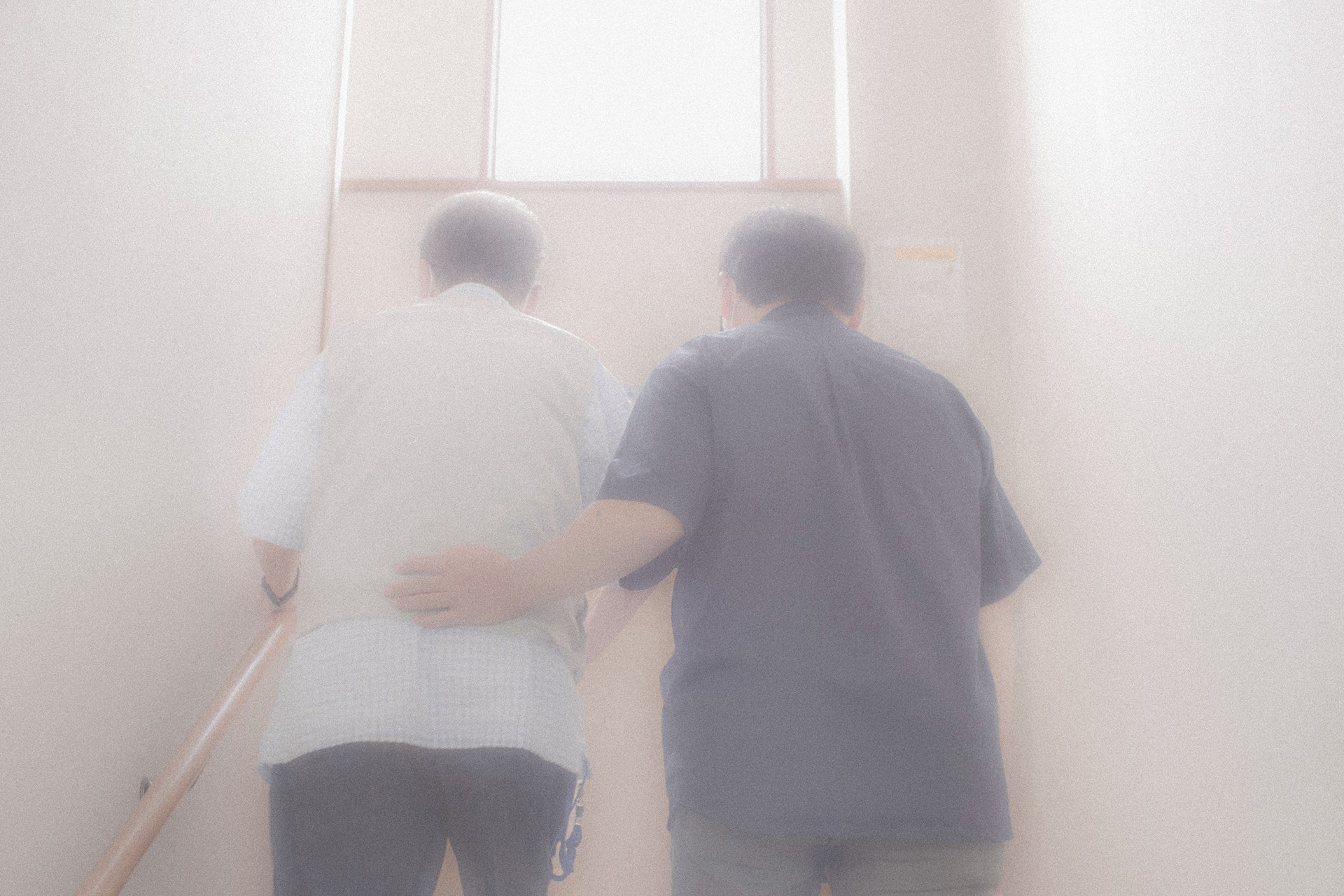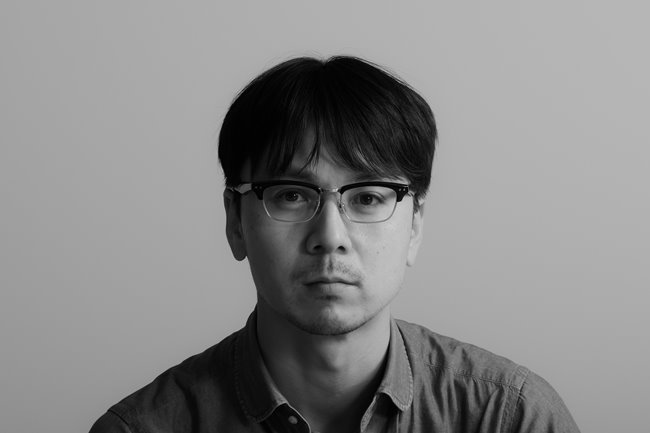Atsushi Shimosaka, a caregiver for elderly people who was diagnosed with Alzheimer’s, finds meaning in simple gestures at a day-care facility. Holding the hand of a person with dementia, he learned the importance of emotion over intellect in our society. Since his diagnosis, he treasures each moment with his wife, opening his heart to others, and embracing life's beauty. He believes a shift in societal values towards empathy could enrich the lives of those with dementia and he continues to share his experiences both as a photographer and a person with dementia. Kyoto, Japan.
Chapter III: Journey of the Heart. In 2019, at the age of 46, Atsushi Shimosaka was diagnosed with early-onset Alzheimer's. When he searched the internet, he found that dementia has negative connotations. Losing your way. Losing track of time. Forgetting what you eat. Dementia certainly makes his life difficult. The fear of losing himself never goes away. However, to him, the idea that when you get dementia, itʼs all over was wrong. He says, “the world is not black and white, itʼs full of light and colour.”
Dementia is one of the leading causes of disability among the elderly worldwide, according to the World Health Organization. Japan’s aging population has one of the highest proportions of elderly people with dementia in the world, with about 7 million citizens expected to live with symptoms in 2025.
This project offers a unique visual exploration of dementia, capturing not only the larger social issues surrounding this condition, but also the inner lives of people with dementia and their relationships to their families and caretakers. Comprised of the stories of three families, this project is structured into four chapters. The introductory chapter provides a comprehensive overview, while subsequent chapters delve into the individual narratives of each family.
In an era where dementia affects an increasing number of individuals and their loved ones, the photographer seeks to do more than simply convey information about the condition. Rather, through photographic techniques that express deep empathy, he shares the personal insights gleaned from the experience of dementia itself. Acting as a bridge between hearts, a societal wake-up call, and a silent dialogue, dementia reveals moments of brilliance amidst the fading twilight between life and death.
By prompting contemplation on the nature of happiness and unhappiness, this project invites viewers to consider the factors that contribute to a fulfilling life. Through introspection and dialogue, it advocates for the creation of a society that prioritizes the well-being and happiness of its most vulnerable members, fostering empathy and understanding for those living with dementia.
Are you a photographer and/or passionate about press freedom? Sign up for our newsletter to stay updated on our annual contest and to hear about exhibitions near you.

